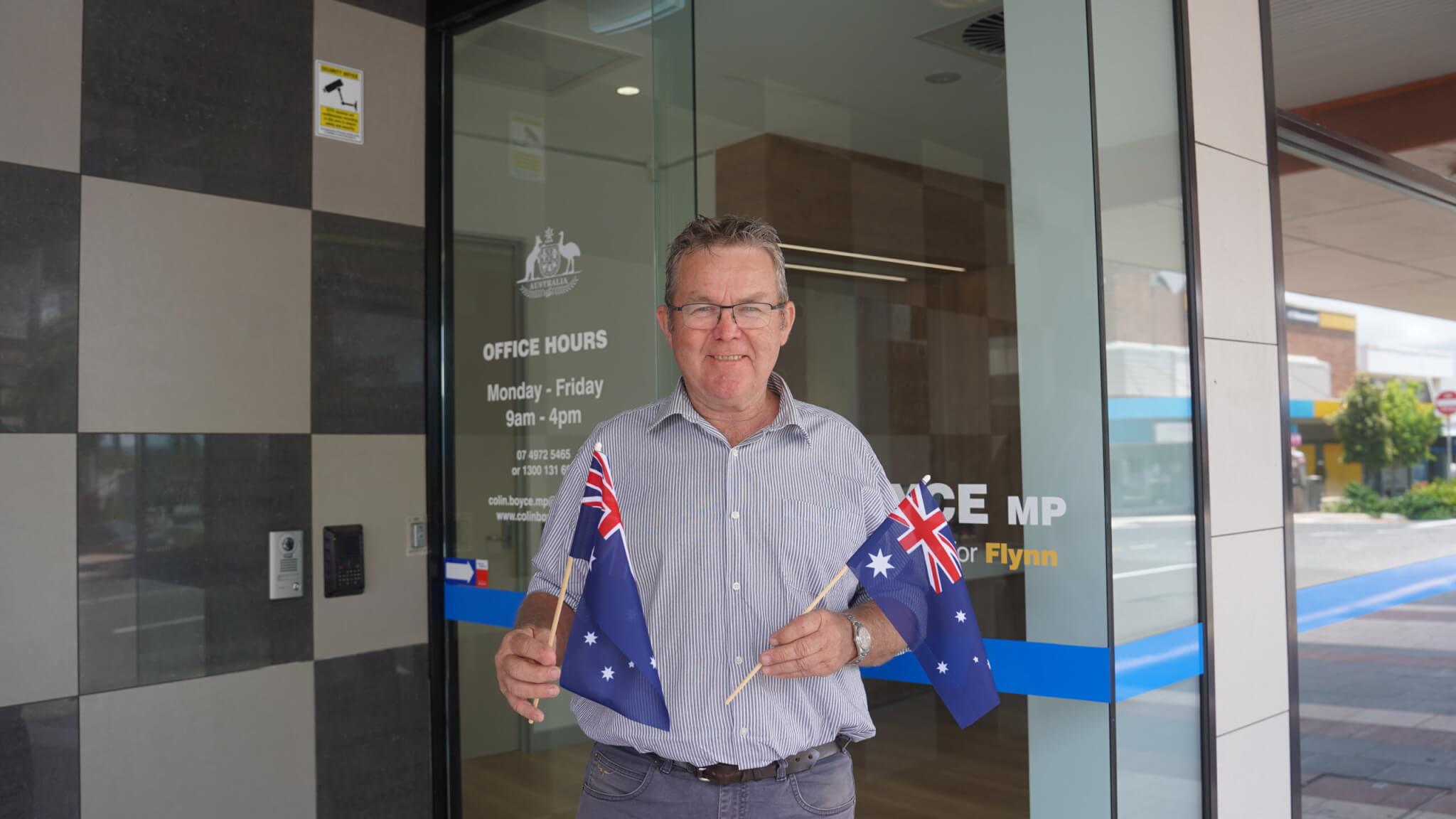A new partnership between CRDC and the University of Sydney is generating additional investment specifically for dryland cotton research and development.
In 2020, CRDC provided $75,000 toward growing 65 hectares of dryland cotton at two of the university’s research farms in north west NSW.
The crops were used to support dryland cotton research and when harvested, the initial investment and surplus returned to CRDC, to be reinvested with the university for further dryland cotton research.
The cotton was grown at the University’s ‘L’lara’ (Narrabri) and ‘Nowley’ (Spring Ridge) farms, with a great first season success, averaging between five and six bales per hectare – and a total return of approximately $432,000. This enabled CRDC to reinvest an additional $280,000 in dryland farming research with the University of Sydney, and continue the $75,000 support at the farms for crops again this season.
The returns from the crop grown at ‘L’lara’ will be reinvested to support a new PhD project investigating the radiation use efficiency (RUE) of cotton and how this may be improved to increase yield in dryland cotton varieties.
The returns from ‘Nowley’ will support a new PhD project investigating the carbon accounts of dryland cotton production. It will measure and monitor soil carbon concentrations, soil water dynamics and dryland cotton crop yields to assess the effects of various management strategies.
CRDC Executive Director Dr Ian Taylor initially approached the University of Sydney to propose the partnership, with the aim of increasing investment in dryland cotton research and creating opportunities to expand the potential of dryland cotton.
“Being dictated to by the weather has meant setting up dryland cotton research in the field has always been tricky, and commercial dryland trials generally require more land than irrigated trials due to the planting configurations used,” Ian said.
“We have worked with growers in the past to run commercial trials, but generally it’s a one in four or five-year rotation crop for them – so the opportunities for research can be scarce, particularly during drought years. In addition, current research facilities just don’t have the area to run large scale experiments.”
Organising continuous access to sites dedicated to dryland cotton research is difficult – especially at a commercial scale, but this partnership with the University of Sydney has resolved this issue.
“When we first considered this business model for ‘participatory research’, we were in drought. As dryland is an important component of the cotton system, we focussed on how we could provide greater investment in dryland cotton research,” Ian said.
CRDC discussed the idea with the University of Sydney’s Dean of Science Professor Iain Young and Sydney Institute of Agriculture Director, Professor Alex McBratney, who were very supportive of the idea and agreed to trial the model for one year. They agreed that if the trial was successful, there would be support to continue the new approach.
“To have sites dedicated to dryland cotton research is critical, so this is really positive news for the cotton industry, and to be partnering with one of the best research institutions in the country, this is a huge bonus for dryland growers,” Ian said.
“Furthermore, the return on our investment in growing costs means we can fund more research.
“Fortuitously, as we were planning and setting up the trials (in 2019-20) the drought began to break – and were able to capitalise on a good first season and create an additional $280,000 for dryland research.
“The partnership allows us to better support dryland research by having dedicated sites and investing specifically in projects that increase dryland capacity and capability.
“Our aim is to continue to build expertise in dryland cotton growing and research.”
It’s exciting times for R&D in regional areas, with Dean Iain Young saying the university is expanding its research capacity at Narrabri.
“This partnership with CRDC and the imminent completion of a new building with the Wheat Research Foundation at our Narrabri Research Station has given the university the confidence to plan for the employment of more staff,” Iain said.
“We plan to have four new early-career research staff in Narrabri working in areas such as crop physiology, weed science, native grains and digital regenerative farming.”
University of Sydney soil scientist and farms director Associate Professor Stephen Cattle says the new research projects are timely.
“As limiting greenhouse gas emissions is now an urgent political and environmental challenge across the globe, estimating the carbon account of dryland cotton production and developing techniques to make that crop more carbon positive, seems a prudent use of the research funding drawn from last season’s crop,” he said.
“This crop investment strategy is a game-changer for the CRDC and university cotton research programs.”







